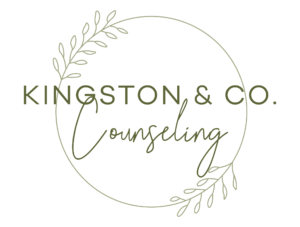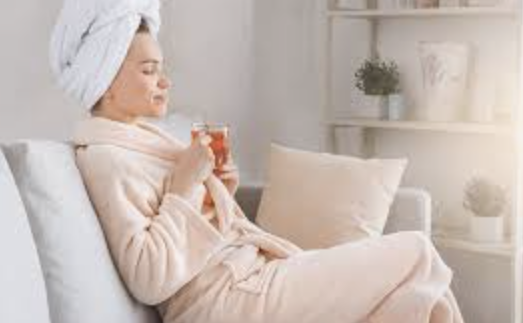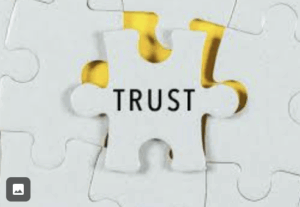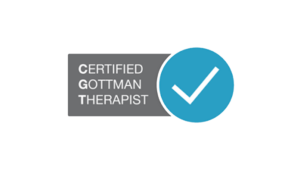In today’s fast-paced world, stress has become a common part of life. Whether it’s due to work, family responsibilities, or personal challenges, finding ways to relax and unwind is essential for maintaining both mental and physical health. Fortunately, there are many effective relaxation techniques that can help you manage stress, reduce anxiety, and improve your overall well-being. In this blog post, we’ll explore some of the most effective relaxation techniques and how they can benefit your mental health.
The Importance of Relaxation
Relaxation is more than just a luxury; it’s a crucial aspect of maintaining a healthy mind and body. Chronic stress can lead to a host of health issues, including anxiety, depression, heart disease, and weakened immune function. By incorporating relaxation techniques into your daily routine, you can help your body and mind recover from stress, improve your mood, and increase your resilience to life’s challenges.
Effective Relaxation Techniques
1. Deep Breathing Exercises
Deep breathing is one of the simplest and most effective ways to relax. It helps activate the body’s natural relaxation response, slowing the heart rate, lowering blood pressure, and calming the mind. Here’s how to practice deep breathing:
- Find a comfortable position: Sit or lie down in a quiet place where you won’t be disturbed.
- Inhale deeply: Breathe in slowly through your nose, allowing your abdomen to rise as your lungs fill with air.
- Exhale slowly: Breathe out through your mouth, letting all the air escape from your lungs. Focus on emptying your lungs completely.
- Repeat: Continue this deep breathing pattern for several minutes, paying attention to the rise and fall of your abdomen and the sensation of air moving in and out of your body.
This simple exercise can be done anywhere, anytime, and is particularly effective during moments of acute stress or anxiety.
2. Progressive Muscle Relaxation (PMR)
Progressive Muscle Relaxation is a technique that involves tensing and then relaxing different muscle groups in the body. This practice helps release physical tension and promotes a deep state of relaxation. Here’s how to do it:
- Find a quiet space: Sit or lie down comfortably.
- Start with your feet: Tense the muscles in your feet by curling your toes and holding the tension for 5-10 seconds. Then, slowly release the tension and notice how your muscles feel as they relax.
- Move up your body: Gradually work your way up your body, tensing and relaxing each muscle group, including your legs, abdomen, chest, arms, and face.
- Focus on the difference: Pay attention to the contrast between the tension and relaxation in each muscle group. This helps increase body awareness and deepens the relaxation experience.
PMR is especially useful for people who hold a lot of physical tension due to stress and can be practiced daily to promote overall relaxation.
3. Mindfulness Meditation
Mindfulness meditation involves focusing your attention on the present moment without judgment. This practice helps reduce stress, increase self-awareness, and promote emotional well-being. Here’s a basic mindfulness meditation practice:
- Find a comfortable position: Sit or lie down in a quiet space.
- Focus on your breath: Bring your attention to your breathing, noticing the sensation of the air entering and leaving your nostrils, the rise and fall of your chest, or the feeling of your abdomen expanding and contracting.
- Observe your thoughts: As you meditate, you may notice thoughts, feelings, or sensations arising. Acknowledge them without judgment and gently bring your focus back to your breath.
- Continue for several minutes: Practice this for 5-10 minutes to start, gradually increasing the duration as you become more comfortable with the practice.
Mindfulness meditation can be practiced daily to help manage stress and enhance mental clarity and emotional balance.
4. Visualization
Visualization, also known as guided imagery, involves creating a mental image of a peaceful and calming scene or place. This technique can help reduce stress, promote relaxation, and improve mood. Here’s how to practice visualization:
- Choose a relaxing scene: Think of a place that makes you feel calm and happy, such as a beach, a forest, or a cozy room.
- Close your eyes and imagine: Close your eyes and imagine yourself in that place. Engage all your senses—imagine the sounds, smells, sights, and feelings associated with that place.
- Stay in the moment: Spend several minutes immersed in your visualization, allowing yourself to fully experience the peace and relaxation it brings.
Visualization can be particularly helpful when you need a mental escape from a stressful situation.
5. Yoga
Yoga combines physical postures, breathing exercises, and meditation to promote relaxation, flexibility, and overall well-being. Regular yoga practice can help reduce stress, increase body awareness, and improve physical and mental health. Here’s a basic yoga practice you can try:
- Start with a warm-up: Begin with gentle stretches to warm up your muscles.
- Practice yoga postures: Move through a series of yoga postures, such as child’s pose, downward-facing dog, and seated forward bend. Focus on your breath as you move from one pose to the next.
- End with relaxation: Finish your practice with a relaxation pose, such as lying on your back with your eyes closed, focusing on your breath and allowing your body to fully relax.
Yoga can be practiced at home, in a studio, or even outdoors. It’s a versatile relaxation technique that offers both physical and mental benefits.
6. Aromatherapy
Aromatherapy involves using essential oils to promote relaxation and well-being. Certain scents, such as lavender, chamomile, and sandalwood, are known for their calming properties. Here’s how to use aromatherapy for relaxation:
- Choose an essential oil: Select an essential oil that promotes relaxation, such as lavender or chamomile.
- Use a diffuser: Add a few drops of the essential oil to a diffuser to fill your space with a calming scent.
- Inhale deeply: Take a few deep breaths, inhaling the soothing aroma. You can also apply diluted essential oils to your skin or add them to a warm bath.
Aromatherapy can be used in conjunction with other relaxation techniques to enhance the overall experience.
Incorporating Relaxation into Your Daily Routine
To reap the full benefits of relaxation techniques, it’s important to incorporate them into your daily routine. Here are some tips for making relaxation a regular part of your life:
- Set aside time each day: Dedicate 10-20 minutes each day to practicing relaxation techniques. This can be in the morning to start your day calmly, during a lunch break, or before bed to unwind.
- Create a relaxing environment: Designate a quiet, comfortable space in your home where you can practice relaxation techniques. Keep this space free from distractions and filled with calming elements like soft lighting, comfortable seating, and soothing scents.
- Be consistent: Like any habit, consistency is key. The more regularly you practice relaxation techniques, the more effective they will be in reducing stress and improving your overall well-being.
Conclusion
Relaxation techniques are powerful tools for managing stress and enhancing your mental and physical health. By incorporating deep breathing, progressive muscle relaxation, mindfulness meditation, visualization, yoga, and aromatherapy into your daily routine, you can create a more peaceful and balanced life.
At Kingston & Co Counseling, we understand the importance of managing stress and promoting relaxation. Our therapists are here to help you develop personalized strategies for relaxation and well-being. If you’re struggling with stress or anxiety and need support, please contact us to learn more about our services or to schedule an appointment. We’re here to guide you on your journey to better mental health.







